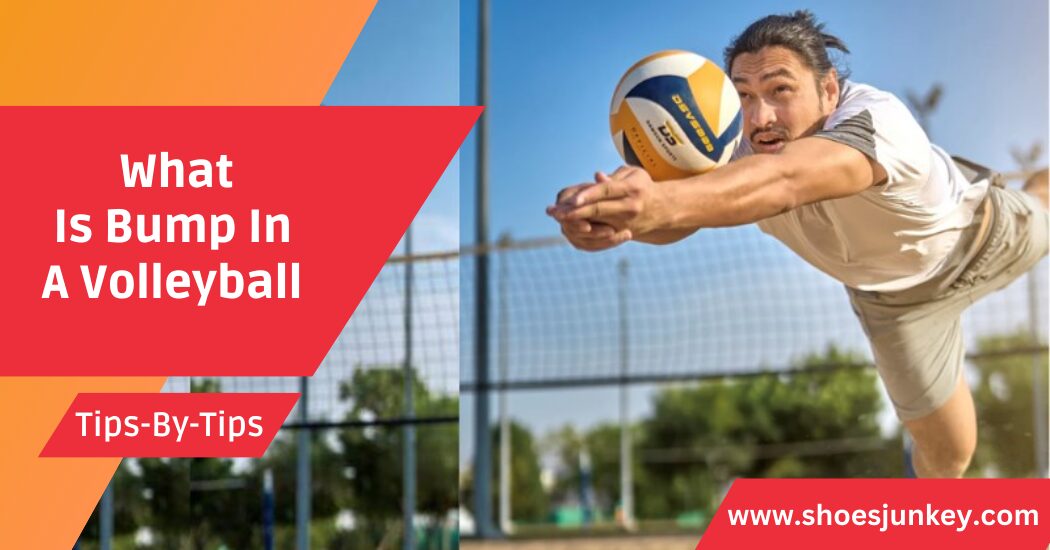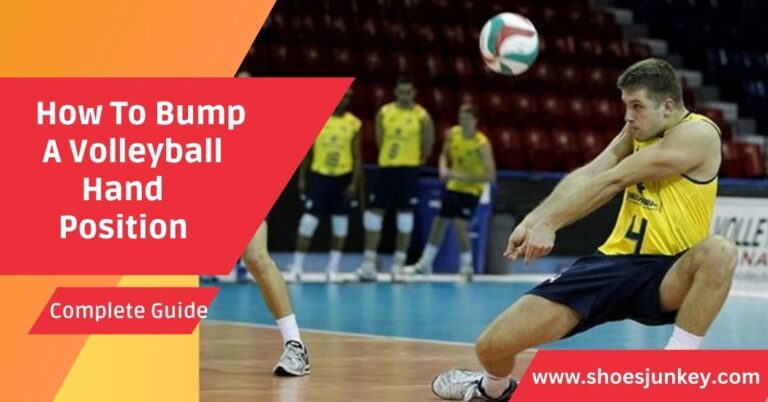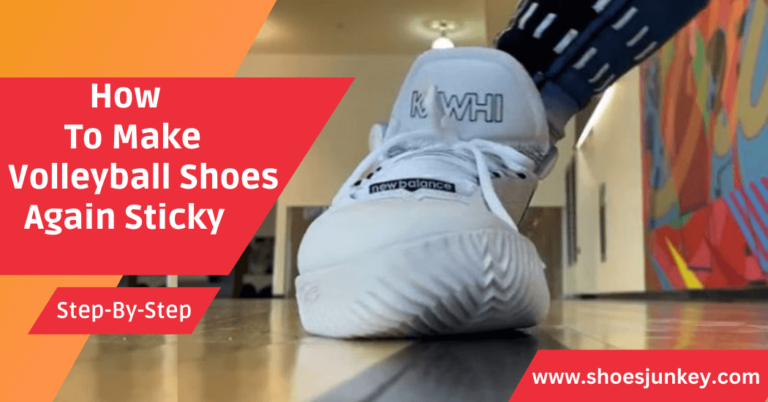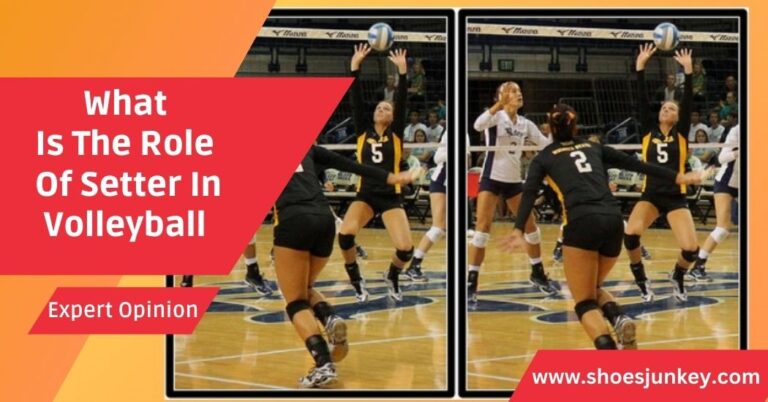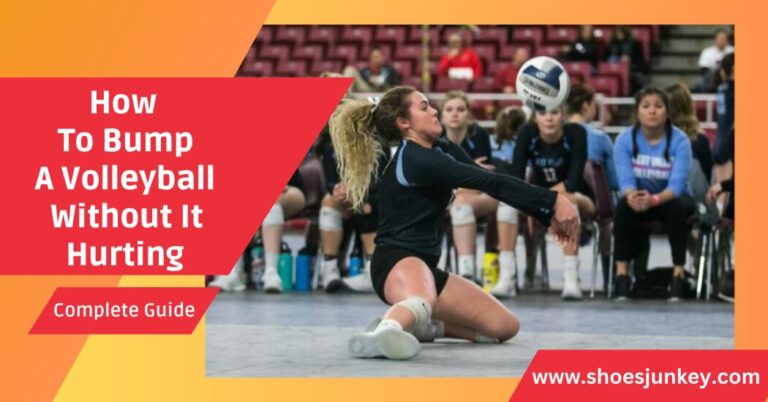What Is Bump In A Volleyball?
Volleyball is a fast-paced and highly competitive sport that requires players to master a variety of skills, including serving, setting, spiking, and blocking. One of the most fundamental and crucial skills in the game is the bump. Whether you are a beginner or a seasoned player, understanding the importance and technique of the bump is essential for success on the court.
The bump, also known as the forearm pass, is typically the first contact made by a player after an opponent’s serve. It involves using both forearms to receive and redirect the ball toward a teammate for another hit or set. The technique of the bump can be challenging to master, but with practice and proper form, it can become one of the most reliable skills in a player’s arsenal.
Definition & Role of the Bump in Volleyball Gameplay
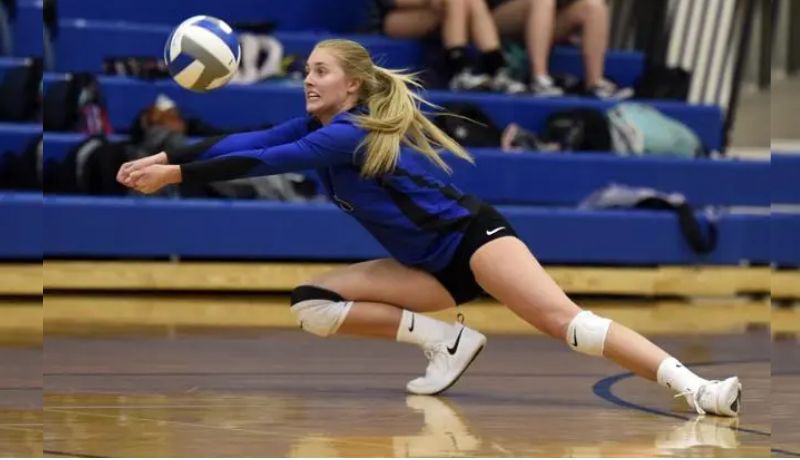
The bump, also commonly known as the pass or forearm pass, is a technique used by players to control and direct the ball in a controlled manner. It is the most basic and often the first skill taught to volleyball players.
The bump plays a critical role in facilitating smooth gameplay. It is used to receive serves from opponents, set up offensive plays, and is adaptable to various defensive and transition scenarios. The goal of the bump is to keep the ball in play and set up scoring opportunities for your team.
The bump requires a combination of footwork and body control. Ideally, the player should move their feet to position the ball directly in front of their body, keeping their knees slightly bent and their weight on their toes for better mobility. The ball should make contact with the forearms (not the hands) to ensure a more controlled and accurate return.
In essence, mastering the bump in volleyball is not solely about the act of hitting the ball. It involves strategic positioning, precise timing, and a clear understanding of the game’s dynamics to successfully set up attacks or transition into defensive positions.
Technique of Performing a Bump
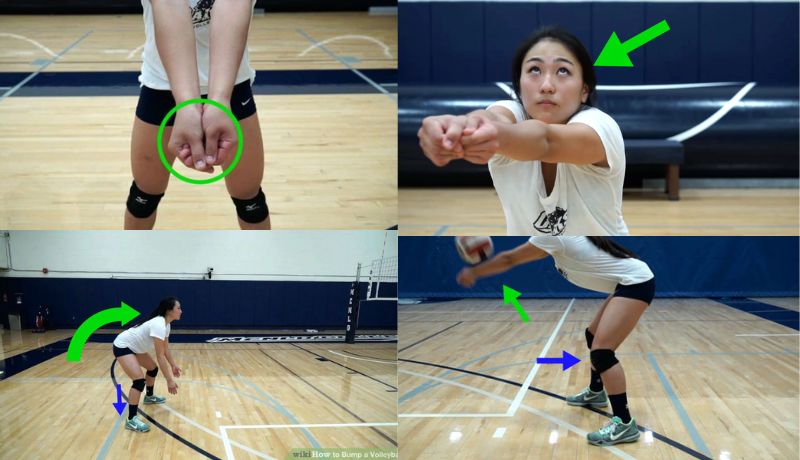
To perform a successful bump, proper stance and positioning are crucial. A player should position their feet shoulder-width apart with their knees bent and weight on the balls of their feet. Their arms should extend in front of their body, making a straight and firm platform using the forearms for contact.
Maintaining a straight and firm platform created by the forearms is imperative to ensure accurate and controlled contact with the ball. Achieving the right angle and contact ensures effectiveness during gameplay, making it possible to direct and control the ball with precision.
Purpose of the Bump in Volleyball
The bump in volleyball serves a strategic purpose. It allows teams to transition from defense to offense, setting the stage for powerful spikes and calculated serves. By mastering the bump, players can significantly enhance their team’s ability to control the game’s pace and strategy.
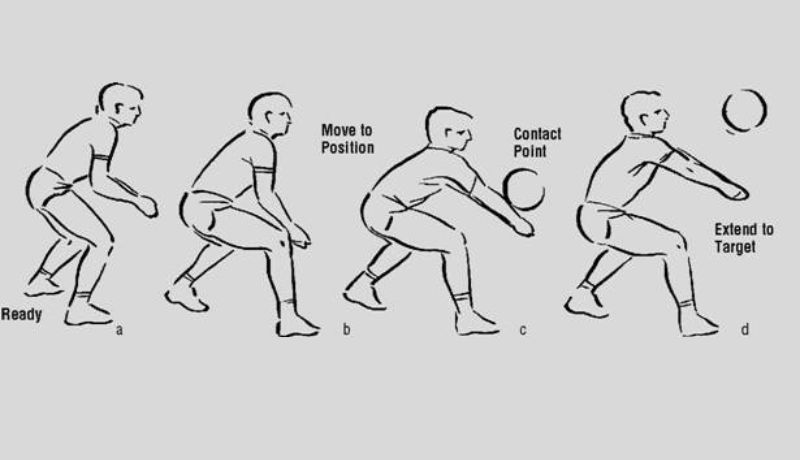
A well-executed bump is essential for various purposes, such as:
- Receiving serves from opponents: The bump is the primary skill used to receive serves. It is crucial in controlling the initial serve and directing it to the setter, enabling the team to initiate their offensive strategy.
- Facilitating effective ball control: A well-executed bump allows for better ball control throughout the game. It ensures that the team retains possession and maintains momentum.
- Setting up subsequent offensive plays: An accurate and controlled bump can help set up successful offensive plays, such as spikes or quick attacks, by accurately directing the ball to the setter or attacker.
- Adaptability to various game scenarios: The bump is a versatile skill that can be used in different defensive and transition scenarios, such as receiving passes, digs, and free balls. It allows for quick and efficient ball handling, making it a valuable skill on the court.
Understanding the importance of the bump and mastering its technique is crucial for success in volleyball. It not only facilitates smooth gameplay but also lays the foundation for other essential skills in the sport. Continual practice and refinement of the bump will ultimately lead to improved overall performance on the court. So keep bumping, and let’s play some volleyball!
Bump in Various Situations
In addition to its primary role in gameplay, the bump can also be used in various situations outside of competitive matches. It is a valuable skill for warm-ups and drills, helping players improve their reflexes, coordination, and overall ball control.
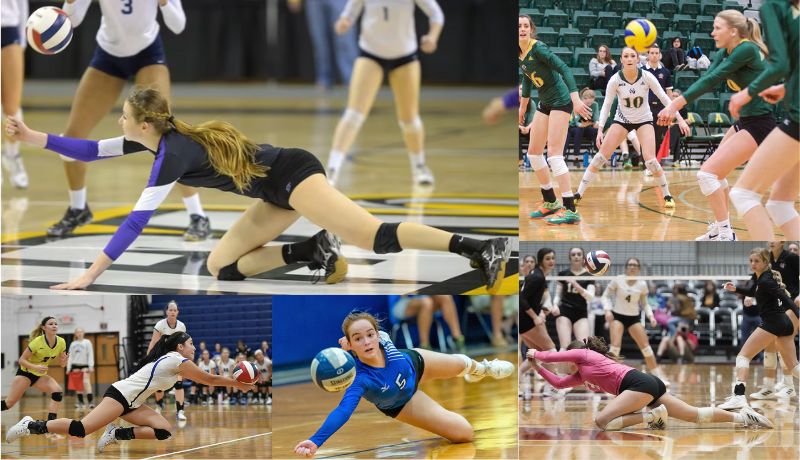
The bump is a versatile skill that can be utilized in different game scenarios. Examples include:
- Defensive plays: Bumping can be employed in defense to receive hard-driven attacks and tips from the opponent.
- Transition plays: The bump is also useful for transition plays, allowing the team to quickly change from defense to offense.
- Saving difficult or unexpected shots: A well-executed bump can save difficult or unexpected shots, such as shanked passes or deflecting off the block.
- Hitting the ball over the net during a scramble: In cases where other types of hits are not possible, bumping can be used to get the ball over the net and keep it in play.
- Serving the ball: Although the overhand serve is more commonly used, the bump can also be used to serve the ball, especially by beginners. It provides a controlled and reliable way to serve the ball over the net, keeping the game in play.
By incorporating bumping into various situations, players can further develop their skills and become more well-rounded volleyball players. So next time you hit the court, don’t forget to practice your bumps!
Common Mistakes in Bumping
Some common mistakes to avoid while bumping include:
- Poor Body Positioning: Incorrect body stance can lead to ineffective bumps. Players should remember to keep their feet shoulder-width apart, knees bent, and maintain their weight on the balls of their feet.
- Swinging Arms: One mistake some players make is swinging their arms while bumping. This can lead to poor ball control. It’s crucial to keep the arms straight and let the ball bounce off them.
- Lack of Focus on the Ball: Players should keep their eyes on the ball until it makes contact with their forearms. Losing sight of the ball often leads to missed or inaccurate bumps.
- Using Hands Instead of Forearms: The bump is performed using the forearms, not the hands. Using hands can result in a lack of control and even penalties during a game.
- Incorrect Contact with the Ball: The ball should be contacted squarely on the forearms. Contacting the ball on the wrists or fingers can lead to unpredictable bumps and loss of ball control.
Avoiding these common mistakes can significantly improve your bumping technique, leading to better game performance. Remember, practice makes perfect. Keep honing your bumping skills for a competitive edge in volleyball. So get out there and bump away!
Tips for Improving Bumping Skills
To improve your bumping skills, consider the following tips:
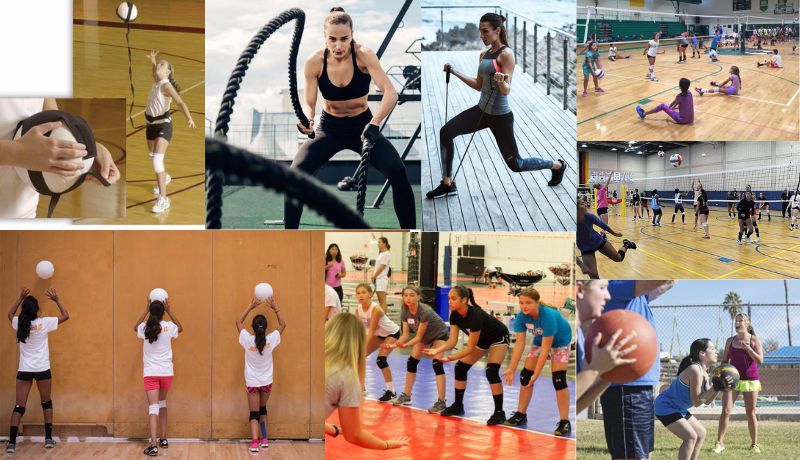
- Practicing with different types of balls: Bumping with different types of balls, such as a beach volleyball or a heavier indoor ball, can help improve your ability to control the ball and adapt to varying game conditions.
- Working on footwork and body positioning: Good footwork and proper body positioning are crucial for successful bumps. Practicing these techniques regularly can help improve your overall bumping performance.
- Using a wall or partner for drills: A wall or a partner can be used for individual or team drills to work on accuracy, reflexes, and consistency while bumping.
- Strengthening forearm muscles: The bump requires good forearm strength and control. Exercises such as wrist curls, reverse wrist curls, and forearm planks can help strengthen these muscles.
- Watching and learning from experienced players: Observing and learning from experienced players can provide valuable insights into successful bumping techniques.
Remember to also warm-up before practicing or playing a game, as this can help prevent injuries and improve your overall performance. With dedication and consistent practice, you’ll be bumping like a pro in no time! Keep up the hard work and enjoy the game of volleyball. See you on the court! So let’s go out there and bump our way to victory!
Finally, don’t forget to have fun while practicing and playing. After all, volleyball is a sport that brings people together through teamwork, communication, and skill. So enjoy every moment on the court and keep bumping!
Conclusion:
In volleyball, bumping is an essential skill that demands mastery and continual refinement. Its importance in various game scenarios – defensive plays, transition plays, and even during moments of scramble – cannot be overstated. While perfecting the technique may involve overcoming common mistakes, the process is achievable through persistent training, keen observation, and an understanding of the principles of body positioning and ball control.
The journey to mastering bumps in volleyball is as rewarding as it is challenging, fostering a deeper appreciation of the sport, enhancing team collaboration, and contributing to personal growth and agility. So embrace the challenge, keep practicing, and remember – every bump brings you one step closer to becoming a better volleyball player.

